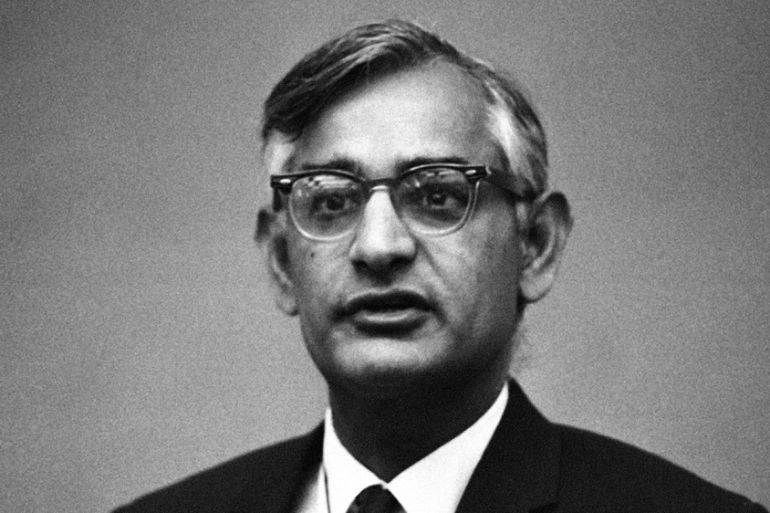Har Gobind Khorana: Why Google honours him today
Hailed for constructing the first synthetic gene, Har Gobind Khorana would have been 96 on January 9.

Hailed for constructing the first synthetic gene, Nobel Prize winner Har Gobind Khorana would have been 96 on Tuesday, January 9 – that’s the date of birth in his documents, although the exact date remains uncertain.
In the Indian-American scientist’s honour, Google is changing its logo in 13 countries to a doodle – or illustration – of him and his DNA work.
This is his story:
Village origin
-
Khorana was born in a small village of about 100 residents in Raipur. He was a member of practically the only literate family in his village – Khorana’s father taught his five children to read and write.
-
Having advanced his education through scholarships, Khorana received his Bachelor’s degree in 1943, and his Master’s in 1945 at the Punjab University in Lahore.
-
In 1948, he completed his PhD after being awarded a scholarship by the Indian government to pursue doctoral studies at the University of Liverpool in the UK.
-
He then went to the Swiss city of Zurich to work with Professor Vladimir Prelog for one year. In Khorana’s biography, Prelog is credited for moulding “immeasurably his thought and philosophy towards science, work, and effort”.
- Married to Swiss Esther Elizabeth Sibler, Khorana’s biography praised Sibler for bringing a “consistent sense of purpose … at a time when [Har] Khorana felt out of place everywhere and at home nowhere”.
|
|
Freedom
-
A job offer in 1952 took Khorana to the University of British Columbia in Canada, where he initiated his Nobel Prize-winning work. During his time there he was offered “all the freedom in the world” to do his own research, according to Gordon M Shrum, a Canadian scientist in British Columbia.
-
At the University of British Columbia, Khorana and a group of scientists began to work in the field of biology. Khorana was an expert on the chemical synthesis of proteins and nucleic acids.
-
In 1960, he moved to the US, where started working at the University of Wisconsin. He was granted American citizenship in 1966.
-
Two years later, Khorana, Robert W Holley and Marshall W Nirenberg were awarded jointly the Nobel Prize in physiology or medicine “for their interpretation of the genetic code and its function in protein synthesis”.
-
But this was not his only accolade. In 1972, Khorana was also recognised for the construction of the first artificial gene, while four years later he announced that he had gotten an artificial gene to function within a bacterial cell.
-
Among his several recognitions, Khorana also received the Lasker Award for Basic Medical Research and the National Medal of Science.
- Khorana died on November 9, 2011. His death was announced by the Massachusetts Institute of Technology where he was a professor emeritus. He was survived by his children, Julia and Dave.
”You
can have all the freedom to do what you want, but we don’t have much in terms of facilities.”]
|
|